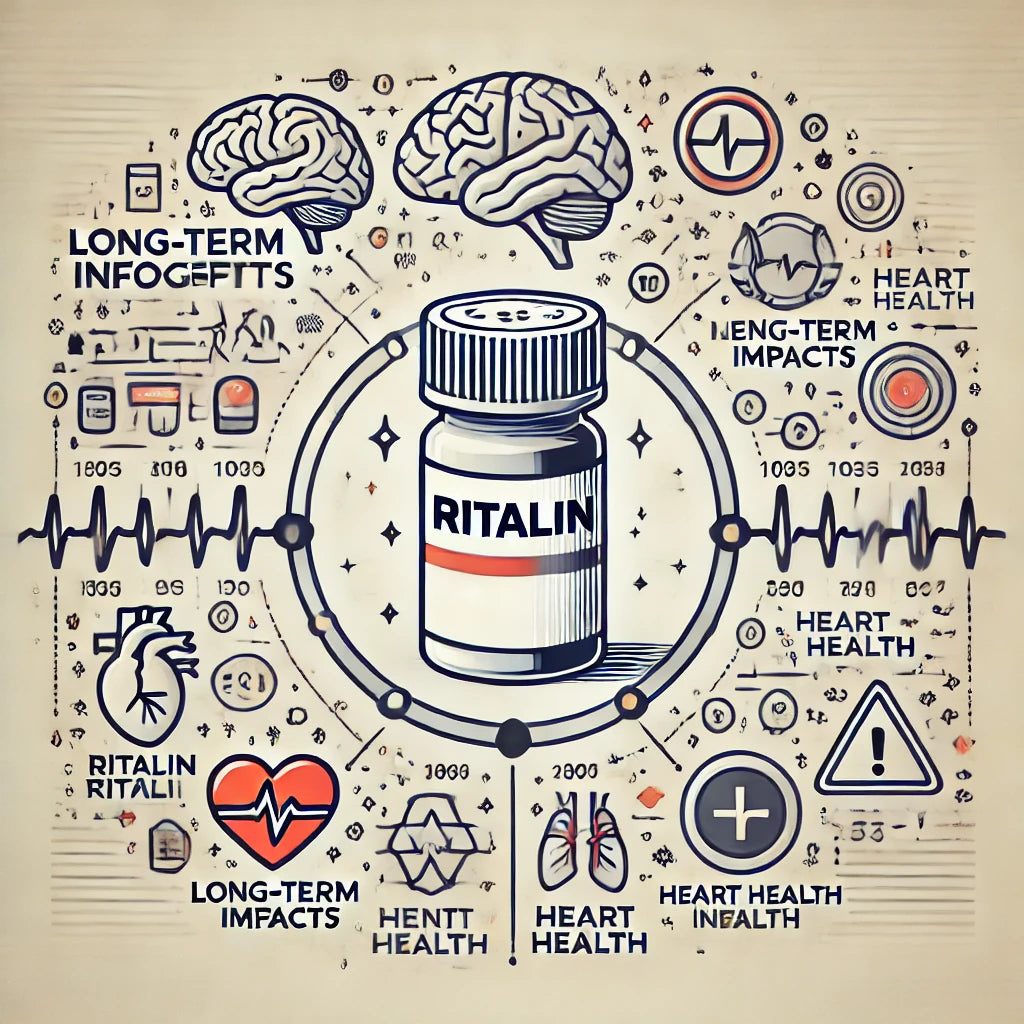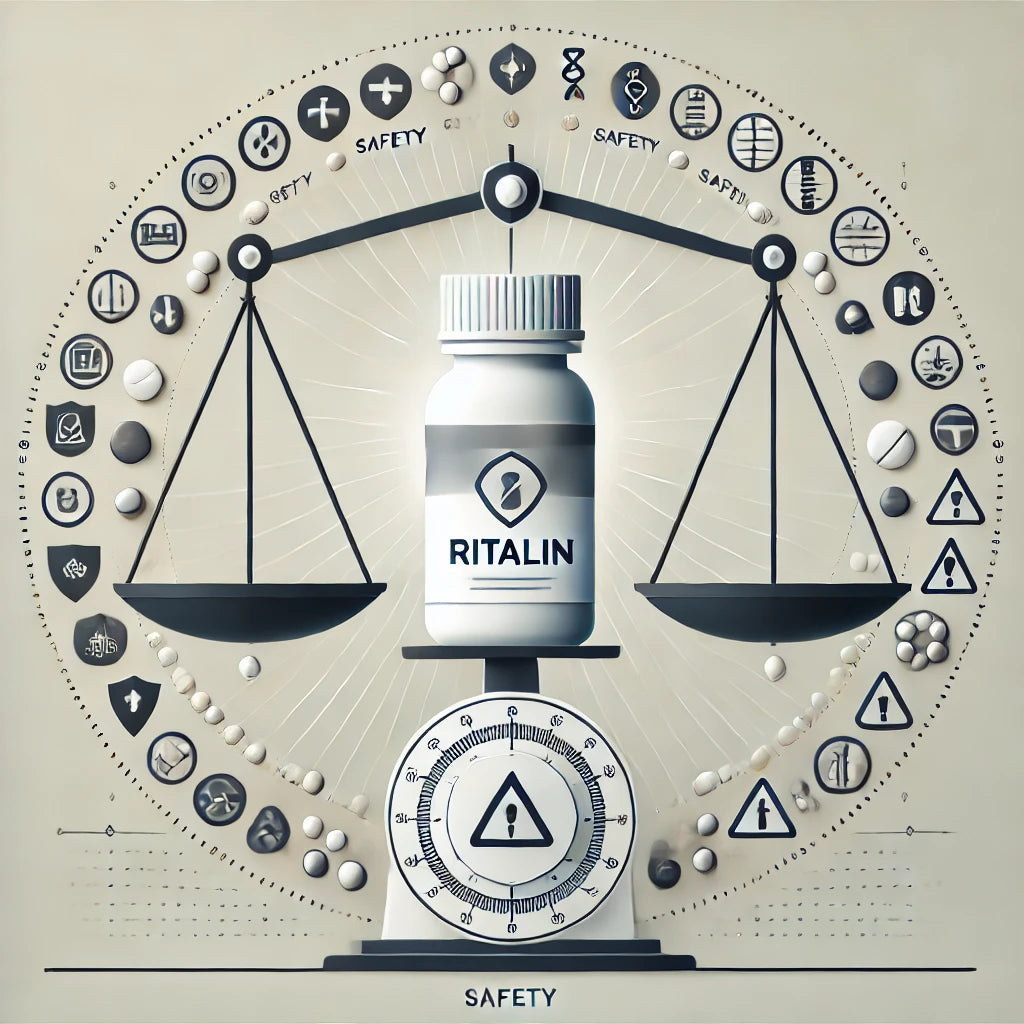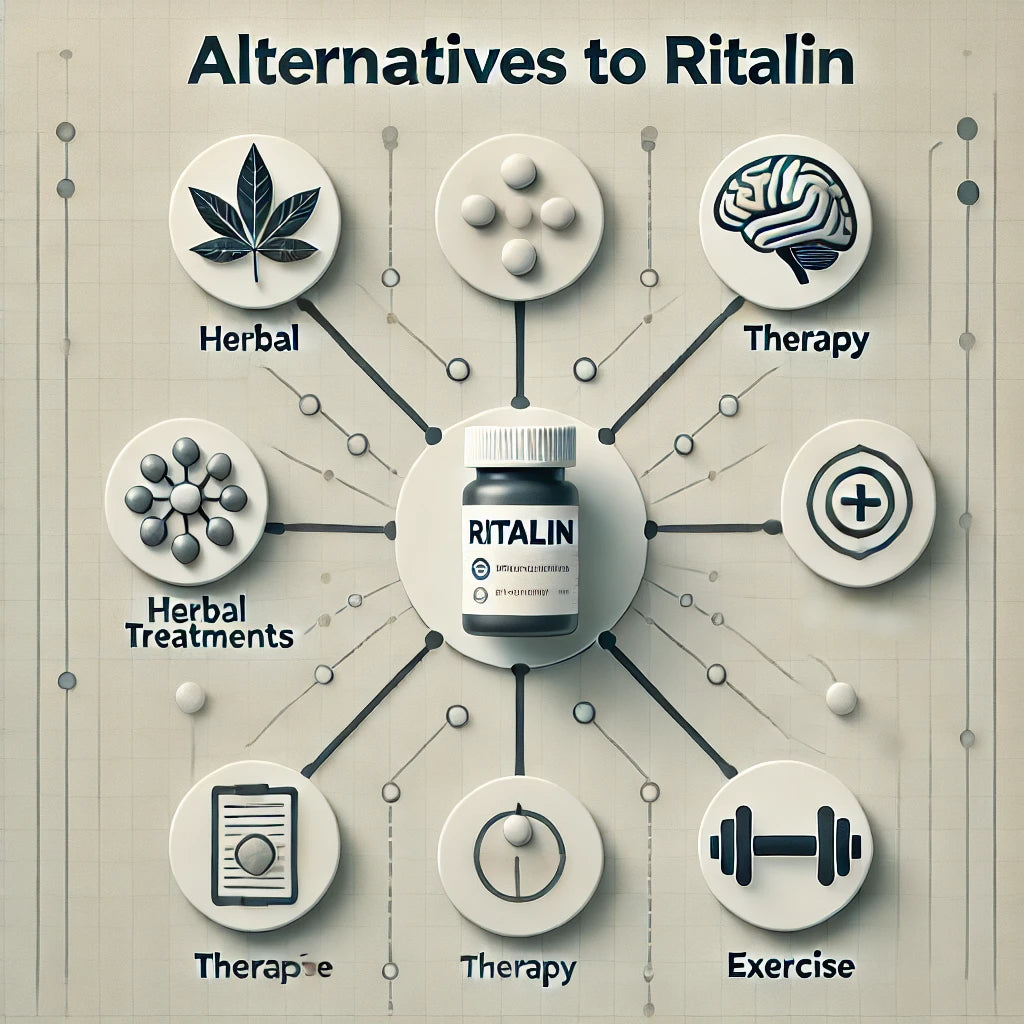Ritalin Side Effects: A Comprehensive Overview
Ritalin, a well-known medication for treating ADHD, is effective at improving concentration but can cause side effects. Common physical side effects include headaches, loss of appetite, and rapid heartbeat. Psychological side effects such as nervousness, irritability, or sleep disturbances may also occur. It is especially important that the dosage of Ritalin is tailored to each individual to minimize the risk of unwanted reactions. Incorrect use, such as overdosing, can lead to serious consequences like restlessness or cardiovascular problems.
What happens with long-term use?
The long-term use of Ritalin is under discussion, as the possible long-term effects of Ritalin have not yet been fully researched. There are reports of dependence, mood swings, or even depression with prolonged use. This is especially concerning for children, whose brains are still developing, as lasting changes may occur. In addition, Ritalin addiction is a recurring topic, since the medication can have addictive potential if used improperly. It is therefore essential to regularly monitor health when Ritalin is used over an extended period.


How safe is Ritalin?
Ritalin is often prescribed to children with ADHD to improve concentration and reduce impulsive behavior. However, it is especially important to carefully weigh the risks and benefits in this age group. While many children benefit from the positive effects on academic performance, side effects such as sleep problems, reduced appetite, and delayed growth can sometimes occur. Therefore, it is essential that the dosage is determined with particular care and monitored continuously.
Ritalin and its effects: How long and how reliable?
The effects of Ritalin in ADHD depend greatly on the dosage and the individual's bodily response. Typically, the effects begin within 30 to 60 minutes and last between three and eight hours, depending on the duration of effects. However, not everyone responds the same way—some notice a significant improvement in concentration, while others experience unpleasant side effects. There are also differences between short-acting and long-acting formulations, which should be taken into account when planning treatment.
Alternatives to Ritalin: Are there other options?
For people who want to avoid the side effects of Ritalin, there are several alternatives to Ritalin. These include other medications such as amphetamine derivatives, as well as non-pharmacological approaches like behavioral therapy or dietary adjustments. Studies have also shown that regular exercise and relaxation techniques such as yoga or meditation can have a positive impact on ADHD symptoms. Herbal supplements like ginkgo or omega-3 fatty acids are also discussed as natural support options.

Risks and Benefits: A Balanced Conclusion on Ritalin
As with any medication, Ritalin comes with both risks and benefits. While the increase in concentration from Ritalin helps many people manage their daily tasks more effectively, the potential side effects should not be underestimated. Proper use and close monitoring by physicians are essential to maximize the benefits and minimize the risks. Especially for children, it is important to carefully consider whether treatment is truly necessary or if alternatives might be appropriate.



